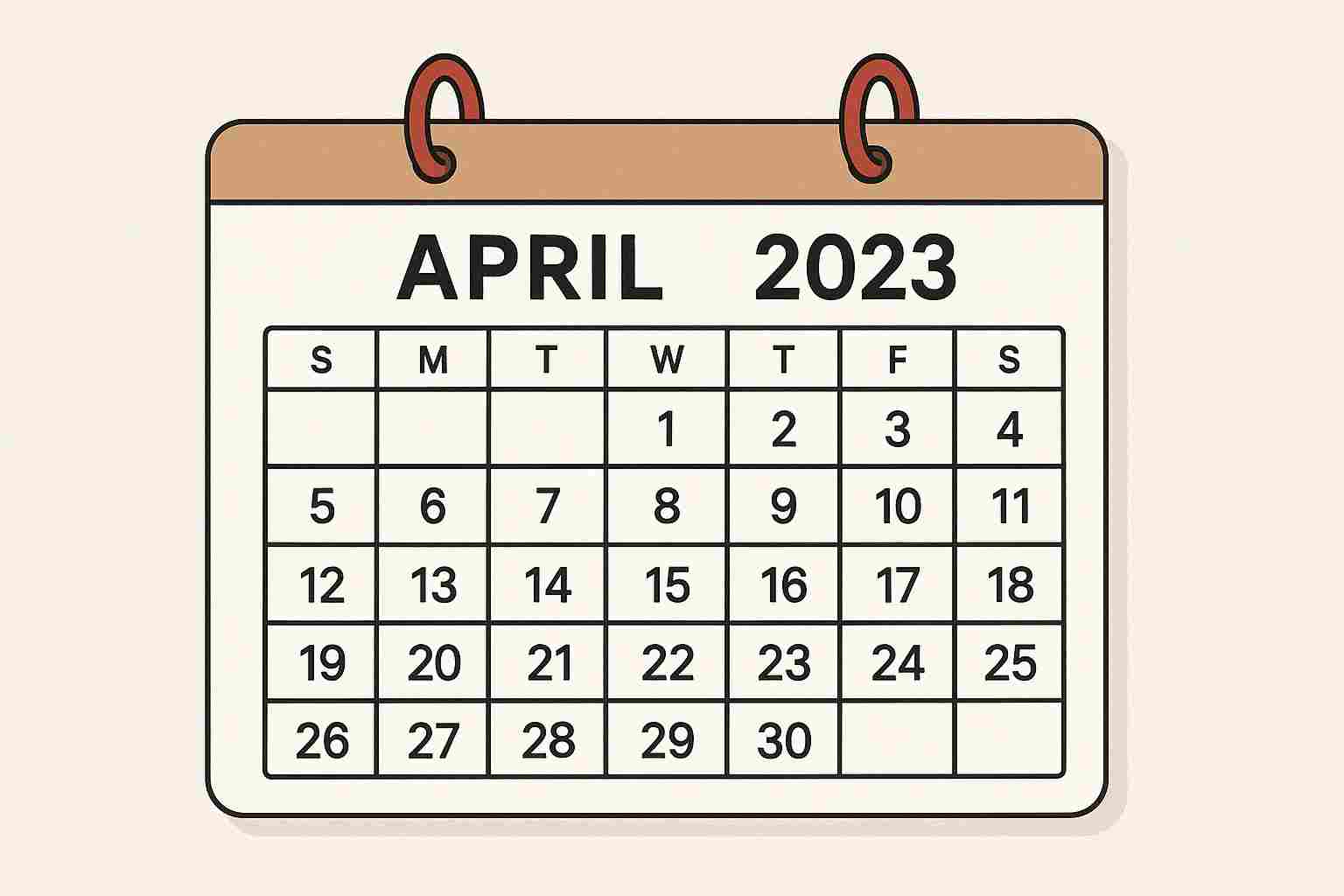Abstract – scaricare il file per l´appunto completo
The Internet story In the 1950s, the USA expected to be first into space. To their surprise, on October 4, 1957 the Soviet Union launched the man’s first artificial satellite: the Sputnik I, soon followed by another satellite carrying a dog: Laika. The nation’s image as a technology super power was badly shaken. In hopes of producing graduates who could out-think the Soviets, high schools and colleges boosted their maths and science requirements. The US Defense Department created yet another O.R. (Operations Research) group, the Advanced Reserch Projects Agency (ARPA) and changed it with the task of developing projects on command, control and communication, known as C3. The Defense Department wanted to use computers not only in the Pentagon, but also in the battle fields. Bulky mainframes of the era were ill-suited for the battlefield, so ARPA sought a communications solution. The war-planning needs of the military and the research interests of computer scientists began to converge. The Pentagon asked Rand Corporation, a major Air Force supplier to analyze how the military could communicate (by voice telephone as well as data hookups) after a nuclear war. Rand’s solution, developed by Paul Baran, was the creation of a Survivable telephone grid based on packet switching. As part of its research support, ARPA agreed to fund an experimental computer network, to demonstrate the feasibility of remote computing from the battlefields and test the potential of a post World War III military communications network. In 1968, ARPAnet was born, linking four sites already conducting ARPA research: the University of California campuses at Los Stanford Research Institute (SRI) in Stanford, California, and the University of Utah (Salt Lake City). In 1972, Ray Tomlinson of Bolt Beranek & Newman (BBN), a research firm based in Cambridge, Massachusetts with close ties to prestigious MIT (Massachusetts Institute of Technology) is credited with inventing the software and sending the first e-mail messages across ARPAnet. At first, scientists used e-mail to collaborate on research projects. There were also rules to obey. ARPA limited use of the network to official business. In 1973 transmission protocols were developed to enable different types of computers to exchange packets. The result was TCP/IP: Transmission Control Protocol (TCP) converted messages into packet streams and reassembled them – Internet Protocol (IP) transported the packets across different nodes, even different types of networks. Soon, however, a graduate-student hacker attitude took over. Mailing.list software permitted large groups of people to discuss common interests, making e-mail a mass medium. The first list, sf-lovers, linked science fiction fans. Then followed network-hacksters, wine-tasters, and scores of other mailing lists. By the lid1980s, TCP/IP was linking ARPAnet to other networks belonging to both federal agencies and universities. The result was first called ARPA-Internet and then simply The Internet. How the Internet works It is not very easy, if not impossible, to access the Internet directly from our PC without connecting to a dedicated service provider and his host computer. With the help of research engines such as Netscape’s Yahoo! and Excite, or Digital’s Alta Vista, we can stat surfing the World Wide Web (WWW) in search of specific information items. The engines periodically launch special programs called Web crawlers, wich collect and classify information from all reachable sites. These data are then recorded onto the engine’s database with an address, called URL (Uniform Resource Locator). We will use a browser (surfing program) to access the database to obtain a list of Web resources (URLs), which can be activated to reach the sites identified by the search. The Internet is by far the world’s largest library and still growing, as more and more sites are established. P (segue nel file da scaricare)
The Internet story
Appunto in lingua inglese sulla storia di internet.




